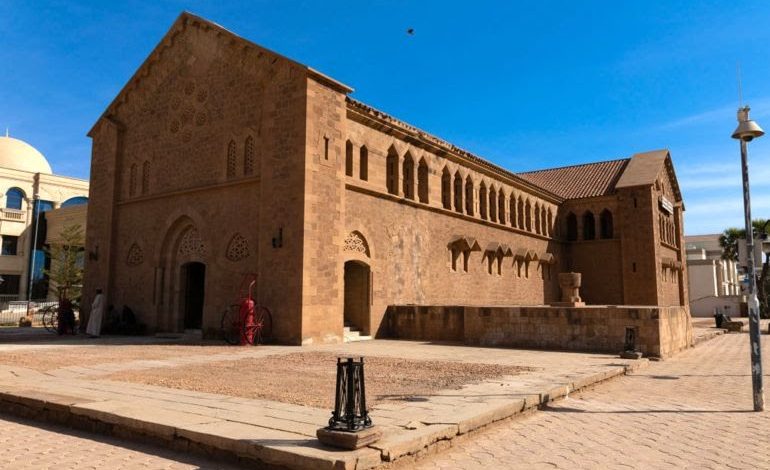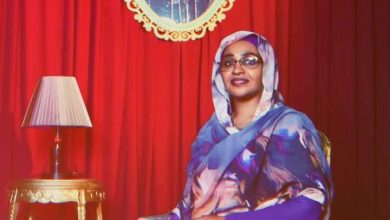The Presidential Palace in Sudan : Who Destroyed the Memory of History?

Ahmed Ibrahim Abu Shouk
I watched with deep sadness a report that broadcasted recently on the destruction that befell the Presidential Palace, that dates back to 1826, about two centuries ago. I remembered the story of the Ottoman Sultan Suleiman the Magnificent (1520-1566) with the engineer Mimar Sinan, when he commissioned him to demolish one of his old palaces and build a new palace in its place.
After completing the demolition and construction process, the Ottoman Sultan noticed that the architect had used two groups of agents (workers), one for demolition and the other for construction, so he asked him about the wisdom behind that choice, and the engineer replied to him, “He who is fit to destroy is not fit to build!”
But talking about how to reconstruct and build the state needs another chapter, so it is advisable to provide readers with a short overview of the history of the Presidential Palace, that Professor Mohamed Ibrahim Abu Salim described as “the beautiful white palace, overlooking the Blue Nile,” and it symbolizes the history of the Turkish-Ottoman era.
(1821-1885) in Sudan,
Thus, the White Palace formed a historical and sovereign symbol in the imagination of the Sudanese people.
Historians attribute the founding of the palace to Al-Hakimdar Maho Bey Orfali (1926), who succeeded Al-Hakimdar Osman Bey Jarkas Al-Barinji (1824-1825), who moved the capital of the Ottoman Turkish rule (1821-1885) from Wad Madani to Khartoum at the Muqrin of the Blue and White Nile.
The palace gardens witnessed a series of annual celebrations marking the birthdays of the Kings of Egypt and Britain and their accession to the throne, and many national occasions and social events, including the presentation of the Appreciation Award to the historian Sheikh Mohamed Abd al-Rahim (1878-1966) in 1967.
In the southeastern part of the palace complex, there is a small museum overlooking University Street.
Its archaeological holdings include some presidential vehicles and cars that were used to transport British rulers and some national presidents, oil paintings and photographs of prominent figures in the colonial era and the national era, in addition to gifts thatIt was presented as a gift to some rulers and presidents, as well as a number of musical instruments, utensils, and household furniture.
Thus, the Republican Palace represents a source of modern and contemporary Sudanese history, and a symbol of its sovereignty.
But the peoples who do not appreciate the value of historical hoardings and antiquities are peoples who do not value the value of human giving, and for this reason Ibn Khaldun described them with the returns of “savagery” that became their “character and nature” and behavior that contradicts and contradicts civilization ،and they do not have “inTaking people’s money has a limit to which it ends.
Rather, whenever the eyes of its members extend “to money, possessions, or supplies, they plunder it. If they are able to do that by conquering and possessing, the policy of preserving people’s money will become invalid, and development will be ruined.”
Therefore, reconstruction requires innovative ways of thinking, based on a strategic vision for rebuilding the state of Sudan.
Source: Al Jazeera Net



